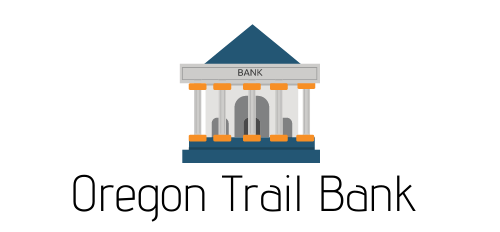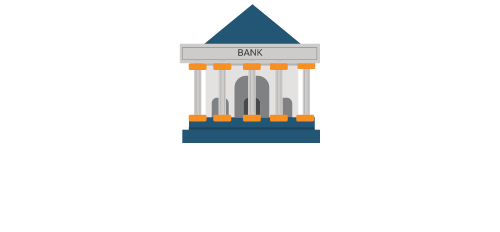Understanding labor law changes impacting digital platforms

Labor law frameworks worldwide are undergoing significant transformations to address the unique challenges presented by digital platforms and the evolving nature of work in the digital age. These changes aim to balance innovation with worker protections while creating clearer guidelines for platform companies operating in increasingly complex regulatory environments.
Recent Labor Law Evolutions for the Digital Economy
The digital economy has revolutionized traditional employment models, prompting legislators globally to update labor regulations. With the rise of platform-mediated work, governments are establishing new frameworks that address the distinctive characteristics of digital labor platforms while ensuring appropriate protections for those who provide services through them.
Key legislative shifts affecting platform workers
The EU's Platform Work Directive, published on November 11, 2024, represents a landmark shift in digital labor regulation. Member states have until December 2, 2026, to implement this directive, which applies to services provided electronically that organize work using automated monitoring or decision-making systems. Significantly, the directive presumes an employment relationship when 'direction and control' exist, shifting the burden of proof to platforms. This approach tackles the long-standing debate about worker classification by focusing on actual working conditions rather than contractual labels. Many businesses are now reviewing their practices to determine worker status, as advised by experts you can consult on consebro.com for specialized guidance on navigating these complex regulations.
Global trends in gig economy regulation
Beyond Europe, various regions are developing their own approaches to gig economy regulation, with some jurisdictions moving toward presumptive employee status while others maintain more flexible frameworks. Platform work has fundamentally changed employment relationships by introducing the platform as a third party, with research indicating 1-2% of workers globally rely on platforms as their primary income source. These new models create income opportunities but also raise concerns about precarious employment and limited career development. The transition toward stricter labor laws is reshaping the competitive landscape for digital platforms, requiring many to rethink their business models and compliance strategies.
Practical implications for digital platforms
The evolving landscape of labor laws presents significant challenges for digital platforms operating in the modern economy. The Platform Work Directive, published on November 11, 2024, with an implementation deadline of December 2, 2026, for EU member states, marks a pivotal shift in how digital labor platforms must operate. This directive specifically targets services provided electronically that organize work using automated monitoring or decision-making systems.
Digital platforms now face a presumption of employment relationship when 'direction and control' elements are present, placing the burden of proof on platforms to demonstrate otherwise. This fundamentally alters the competitive landscape as platforms must reassess their worker classification models. The stricter labor laws create a new operating environment where platforms must balance business efficiency with regulatory compliance.
The European AI regulation (UE) 2024/1689 further complicates this picture, introducing additional requirements for companies developing or using AI within the EU. This regulation, combined with the Platform Work Directive, creates a multi-layered compliance framework that digital platforms must navigate.
Compliance strategies for platform companies
Platform companies must develop robust compliance strategies to address these regulatory changes. First, businesses should conduct thorough assessments to determine if they fall under the directive's scope. This involves examining their operational model against the directive's definition of 'digital labor platforms.'
Protecting worker data becomes paramount under the new regulations. The directive prohibits platforms from processing data on workers' emotional states, private conversations, biometric data, or collecting information when a person is not performing platform work. Companies must update their GDPR policies accordingly and implement stronger data protection measures.
Human oversight of automated systems is now mandatory. Platforms must ensure that automated monitoring and decision-making systems have appropriate human supervision. This includes providing explanations for AI-driven decisions and conducting comprehensive risk assessments of these systems. The implementation of quarterly financial planning can help businesses manage these compliance costs, especially those with seasonal income patterns.
Having a dedicated compliance officer is becoming increasingly necessary for digital platforms. This role ensures the company stays within legal boundaries across multiple jurisdictions and can adapt quickly to regulatory changes. For smaller platforms, lean management approaches using the Kaizen method may help implement compliance measures without extensive external consulting costs.
Worker classification considerations in different jurisdictions
Digital platforms face varying worker classification requirements across jurisdictions. The Platform Work Directive distinguishes between 'platform workers' (employees) and 'persons performing platform work' (a broader category), but national implementations may differ significantly.
The legal differences between hiring freelance versus full-time workers create a complex decision matrix for platforms. While the directive creates a presumption of employment in certain circumstances, platforms must evaluate each jurisdiction's specific tests and criteria. This evaluation should consider factors such as direction and control, integration into the business, financial risk, and opportunity for profit.
Digitalisation trends show interesting employment patterns that platforms should consider. European Company Survey data indicates that highly digitalised establishments are more likely to offer permanent contracts (around 80% compared to 70% in less digitalised establishments) and plan for employment growth. Workers with advanced ICT skills enjoy an earnings premium of about 3.7% compared to those with basic skills.
The jurisdiction-specific nature of worker classification requires platforms to develop adaptable models. Some may opt for different approaches in different regions, while others might standardize toward the most stringent requirements. Platforms should also consider that automation risk varies by occupation – with machine operators and assembly workers facing higher risks (>15%) compared to managers and care workers (<5%).
Digital platforms operating across borders must remain vigilant about the varying implementation timelines and specific national provisions. This includes staying informed about related regulations such as the EU AI Act, whose implementation timeline began in mid-2024, and understanding how these regulations interact with worker classification rules.











Recent Comments